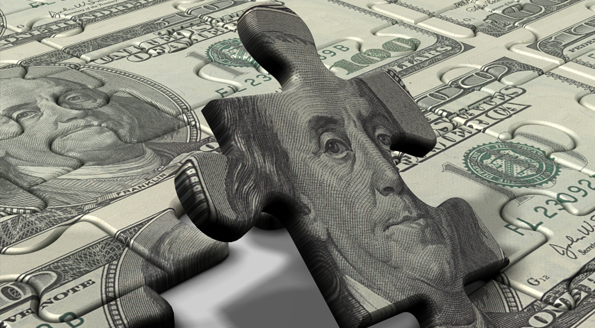“Historically, there were few, if any, regulatory requirements on swaps … it was effectively an unsecured loan,” said James Schwartz, Of Counsel at Morrison & Foerster. He was the fourth and final presenter at the Derivatives Regulatory Update webinar held on March 31, 2015, sponsored by the Global Association of Risk Professionals.
Prior to the Dodd-Frank Act, swaps dealers were self-regulated through the trade association International Swaps and Derivatives Association (ISDA). “It was typical for the two parties to accept a certain amount of uncollateralized exposure to each other in the form of a threshold that varied according to their credit ratings,” he said, referring to Credit Support Annexes (CSAs) that outline the terms of the agreement.
Historically, “the default rule was that the secured party has the right to rehypothecate the collateral posted to it,” and this ability to rehypothecate was so important that it affected the pricing of the swap.
After the 2008 financial crisis, there has been “a move to zero-threshold CSAs,” said Schwartz, who went on to outline the proposed margin rules for uncleared swaps. He noted the proposals divide swap market participants into 4 categories, depending on the type of end user.
What is “quite striking” about the proposed rules, he said, is that each party must exchange an initial margin amount, which cannot be re-used, and which would be held by a third party. This is due to concerns over liquidity risk, and begins at a $65 million dollar threshold.
The definition of “financial end user” casts the net fairly wide, Schwartz said. The division between “material swaps exposure” and the non-material case is defined as $3 billion average daily aggregate notional amount of all types of swaps over the summer quarter. The proposal contains specifics on the treatment of FX swaps and forwards.
He listed the eligible collateral for initial margin. The initial margin calculation could be either based on risk models or based on a look-up table. ª
Click here to view the webinar. Schwartz’s portion is slides 24-37.


